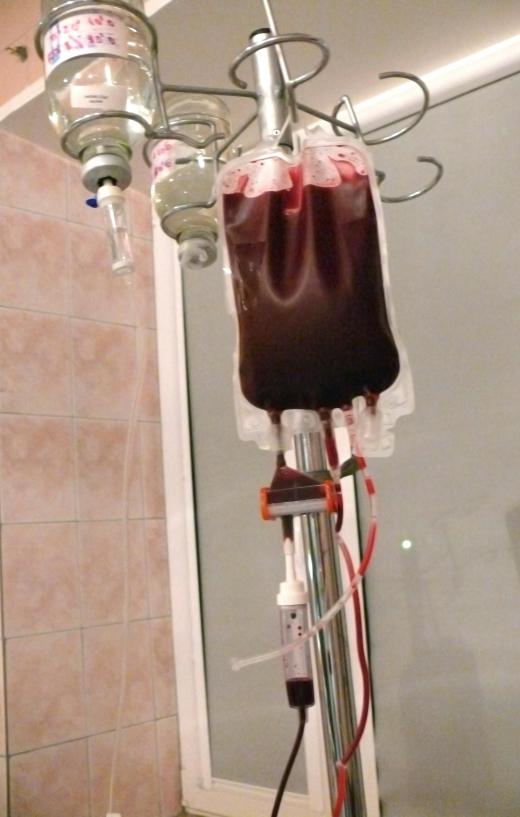What is a Cryoprotectant?
 Mary McMahon
Mary McMahon
A cryoprotectant is a chemical compound that limits damage to biological tissues in freezing conditions. Without protection, cells will rupture when they freeze as a result of expanding water, causing severe injury or death to living organisms, and ruining tissue samples or frozen food products. Some animals naturally produce their own cryoprotectants as an adaptation to cold climates. Synthetic versions are available for biological materials put into storage, ranging from tissue samples for research to frozen meals.
The compound can work in a number of different ways. A common approach is to lower the freezing point, keeping the tissue flexible at temperatures that would normally result in freezing. Others bond to specific molecules to help tissue retain its structure under the intense pressures of cold temperatures. For organisms like insects, fish, and amphibians, cryoprotectants make it possible to live in extreme climates like the bottom of the ocean or very cold surface regions.

Biological specimens subjected to freezing need treatment with a cryoprotectant to keep them viable. Organ, tissue, and blood banks often freeze donor material for later use, and must control freezing and thawing conditions for safety. Samples taken for biopsy or posterity also can be frozen for preservation. The materials may be frozen in a bath of cryoprotectant or dipped into the compound for protection. For things like blood, the chemical is added to create a fluid solution before the material goes into the freezer for storage.
The type of cryoprotectant suitable for use in a given application can vary. For things like tissues for transplant, doctors need to use nontoxic compounds so patients will not experience a bad reaction. Materials for study or diagnostic testing can be treated with more hazardous chemicals, as they are not going to be implanted or transfused into patients. Medical supply companies make cryoprotectant products for different purposes and clearly indicate recommended uses on the labeling.
In food production, cryoprotectants keep frozen food fresh and allow it to retain texture and color. Firms producing commercially frozen foods use these compounds to treat their products. People freezing food at home may utilize homemade cryoprotectant solutions to make sure things like meats and vegetables remain in good condition in the freezer. For example, meat can be frozen in a marinade, allowing the sugars in the marinade to protect the meat from freezer burn, and making it easy to prepare the meat later.
AS FEATURED ON:
AS FEATURED ON:











Discuss this Article
Post your comments